- Phase I — Identify the heaviest concentrations of microbial colonies within HVAC systems. Design and fabricate copper replacement components that potentially can debulk these areas and enhance the overall energy efficiency of the systems. Set up computational models of systems to identify and control flow directions, particulate dispersal and the deposition of particles on transfer surfaces.
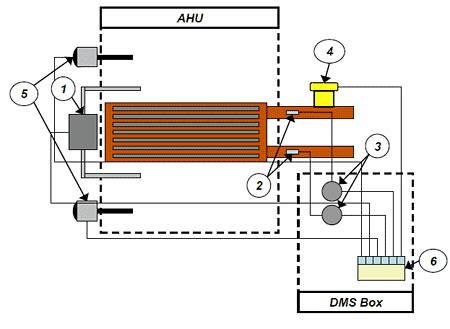 Figure 2: Data Measurement System Diagram
Figure 2: Data Measurement System Diagram
Number Component Purpose 1 Differential Pressure Meter Air Flow 2 Water Temperature Sensors Heat Transfer 3 Water Temperature Transmitters Heat Transfer 4 Water Flow Meter Heat Transfer 5 Air Temperature/Humidity Sensors Heat Transfer 6 Data Logger Collect Data The conceptual design of the Air Handling Unit is shown in the diagram above, whereby the study will seek to quantify the potential energy-saving benefits of using copper HVAC heat exchangers, instead of the industry standard aluminum coil, by monitoring the operational characteristics between the two systems. This will be accomplished by measuring the comparative water flows and external air flow pressures to determine performance efficiency.
Microbial growth in heating and air conditioning systems and their contamination of the indoor air environment is a growing concern. Pathogenic fungi and bacteria are public threats to health. Fungal and airborne samples will be collected using a gelatin collection system. Biofilm build-up on the coils will also be determined.
More information is available from Testing the Energy Efficiency of Copper vs. Aluminum HVAC Equipment [PDF - 278 Kb].
- Phase II — Retrofit HVAC systems with the copper components that were identified, designed and fabricated in the earlier phase. Install these components in a controlled laboratory environment where they can be monitored and compared with similar modern systems that have not been fitted with copper components. Develop metrics to determine the length of time it takes for potentially harmful microbial colonies to emerge in each system. Determine operating metrics related to the thermal properties and performance degradation of each system type as well as the operational cost metrics for each system.
The Copper Air Quality Program team are researching the energy efficiency case for this technology through field trials being conducted at the U.S. Army Training Center at Fort Jackson, located just outside of Columbia SC, along with a complementary program using a scaled air handling system to track microbial concentration on copper and aluminum heat exchangers, at the University of South Carolina. Biofilm buildup is also being measured.
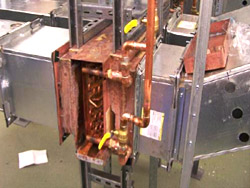 Figure 3: Air Handling System Copper Heat Exchanger at USC
Figure 3: Air Handling System Copper Heat Exchanger at USC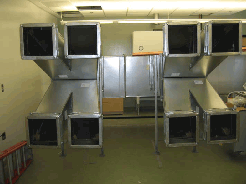 Figure 4: Air screen splitters (foreground) connected to air supply plenum (background)
Figure 4: Air screen splitters (foreground) connected to air supply plenum (background)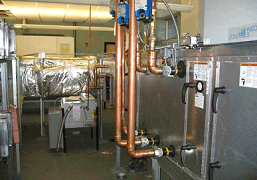 Figure 5: Plumbing and control system for air-handling system and humidifier. Grimm particle counter/sizer with isokinetic probe attachment.
Figure 5: Plumbing and control system for air-handling system and humidifier. Grimm particle counter/sizer with isokinetic probe attachment.In the field, at Fort Jackson Army Post in South Carolina, one barrack was retrofitted with all copper heat exchangers, while an adjacent barrack was retrofitted with aluminum heat exchangers. These two barracks will be sampled using gelatin filters in designated points for comparison to each other and also in monitoring the outside air.
This study is seeking to quantify the potential benefits of using copper HVAC heat exchanger, instead of the industry-standard aluminum coil, by monitoring the operational characteristics between HVAC systems that have been retrofitted with copper and aluminum components respectively.
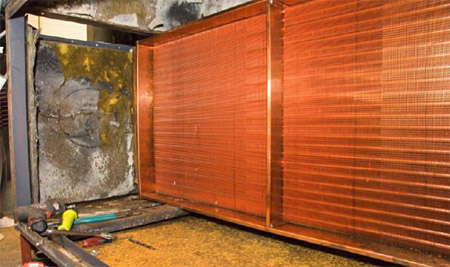 Figure 6: Copper Heat Exchanger installation at Fort Jackson, SC
Figure 6: Copper Heat Exchanger installation at Fort Jackson, SCMore information is available from Program Overview [PDF - 516 Kb].
- Phase III — Conduct multiple field trials in military settings to determine if microbial debulking in HVAC systems will have a positive impact when applied in human environments.
- Phase IV — Conduct an analysis to estimate the added value of the copper HVAC systems by benchmarking their energy and antimicrobial efficiency and determining their characteristics and value related to "green building" standards.
